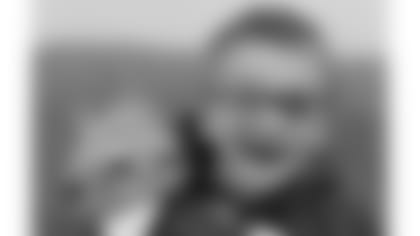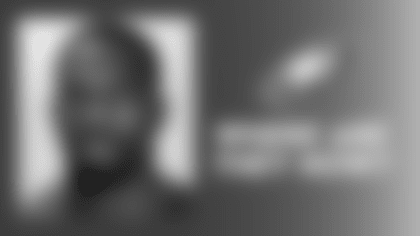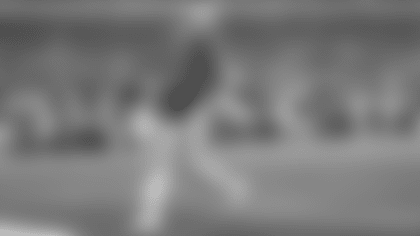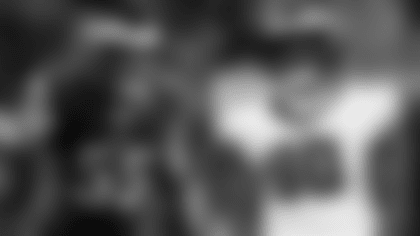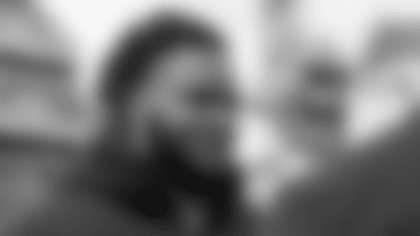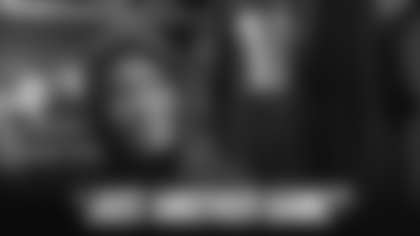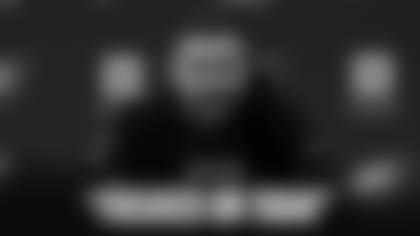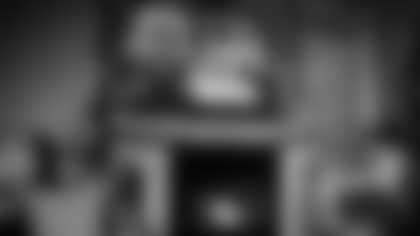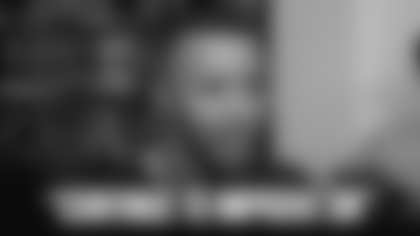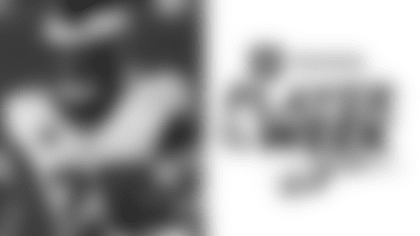When Colton was just 5 months old, he was the victim of domestic abuse. He suffered two skull fractures and was rushed to Children's Hospital of Philadelphia (CHOP) for specialized care.
Colton was admitted to CHOP's Pediatric Intensive Care Unit (PICU) on life support. He underwent a craniotomy to relieve pressure on his brain and received a feeding tube to eat. He spent five weeks in the PICU getting around-the-clock care. During that time, he was diagnosed with epilepsy, cerebral palsy and visual impairment caused by the structural damage to his brain.
After being discharged from CHOP, Colton went to live with foster parents, Heather and Frank. He had follow-up appointments with neurology as well as the feeding team and a host of other specialists at CHOP. Other than suffering about one seizure a month, his seizures were generally well-controlled by daily medication.
Trying medications to treat worsening seizures
When Colton was 8 months old, he began to suffer infantile spasms, a seizure disorder in babies that makes the muscles in the arms and legs go stiff. It is urgent to diagnose and treat the condition immediately, as it can cause permanent debilitating developmental delays.
Fortunately, during an earlier follow-up appointment, CHOP neurologist Ana G. Cristancho, MD, PhD, had warned Heather that Colton was at risk for infantile spasms. So, when he suffered his first spasm, Heather knew exactly what was happening and brought him to CHOP immediately. Colton was treated with high-dose steroids and discharged home again.
Over the next four years, Dr. Cristancho carefully trialed Colton on multiple antiepileptic drugs, hoping he would become seizure-free. But he continued to experience seizures.
"He would have one a month for six months and then have nine in the space of two weeks," says Heather.
Colton also suffered severe headaches and had developmental delays, speech delays, and a lot of behavioral issues.
"He was very impulsive; he had ADHD-like behaviors," says Heather. "I think there was just so much going on in his brain that made him uncomfortable and in pain."
Turning to brain surgery
By age 4, Colton's seizures were deemed intractable, meaning his doctors had run out of medication options to control them. He was admitted to CHOP's Epilepsy Monitoring Unit, where the care team began phase 1 testing to determine if he was a candidate for brain surgery. The testing involved a continuous electroencephalogram (EEG) for 16 days to measure his seizure activity.
The study found that Colton's seizures were coming from the right side of his brain, which is where he'd been injured. Heather and Frank met with pediatric neurosurgeon Benjamin Kennedy, MD, to discuss the option of a functional hemispherotomy.
In this surgical procedure, the abnormal side of the brain is disconnected from the healthy side of the brain. By separating this connection, seizures that were originating in the right side of his brain would no longer be able to spread to the healthy left half. The majority of children who have a functional hemispherotomy experience a complete or near-complete resolution of their seizures.
"As a parent, it's terrifying to think a surgeon is going to do a 12-hour surgery disconnecting your child's brain," says Heather. "But when we sat down with Dr. Kennedy, he explained everything to us, I was respected as a parent for my input, and I was able to ask questions. For us, it was an easy decision because his seizures started getting worse and coming more often, and he wasn't going to get better."
Postsurgical cognitive awakening
After the surgery, Colton recovered in the PICU for a week, then he spent six weeks undergoing rehabilitation. The surgery caused him to temporarily lose function on his left side, something the surgical team had anticipated and his parents were prepared for. With daily physical, occupational and speech therapy, by the time he left rehab, Colton had regained full ability in his left arm and hand.
"It hasn't been a cakewalk, but all of this was expected," says Heather, adding that while there are still a few lingering physical deficits, Colton hasn't had any seizures since the procedure, and he has experienced cognitive changes they never imagined possible. He is more alert and happier, and he can do things he's never been able to do before, like recognize letters and numbers and write his name. Before the surgery, he would only talk when asked questions, and would provide just one- or two-word answers. Now, he makes observations, initiates conversations, and answers questions in full sentences.
Dr. Kennedy has referred to Colton's outcome since surgery as "a massive cognitive acceleration." The preschool Colton goes to has also noticed the positive changes since surgery.
"It's almost like a rebirth," says Heather. "He's talking and engaged like a typical 5-year-old. We never thought we were going to get that with the surgery. We just thought the surgery would eliminate his seizures. Every week, we see something new. He's just so much more aware of everything. We have seen nothing but positive outcomes from the surgery."
Shortly after Colton turned 1 year old, Heather and Frank adopted him as well as his younger biological brother, Jamie. Today, the two boys are inseparable, says Heather. They love playing together, racing toy cars, and building with blocks and LEGOs.
"I keep telling everybody I'm so over-the-moon happy," says Heather, reflecting on Colton's awakening. "I cry at least once a week, but it's happy tears for what he's accomplishing."


